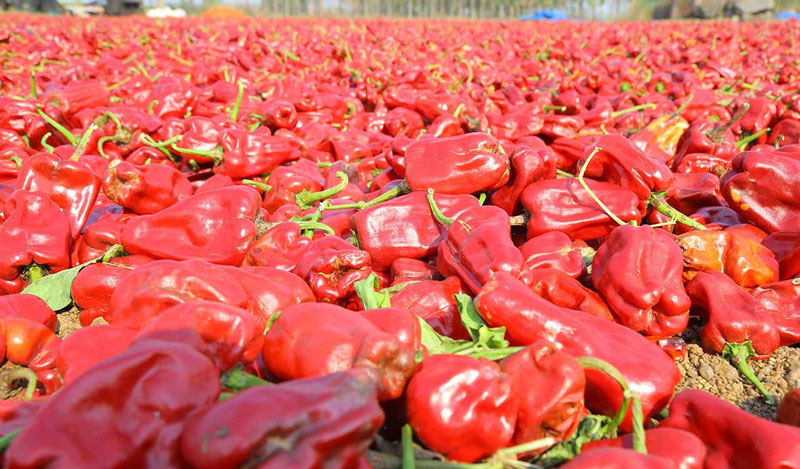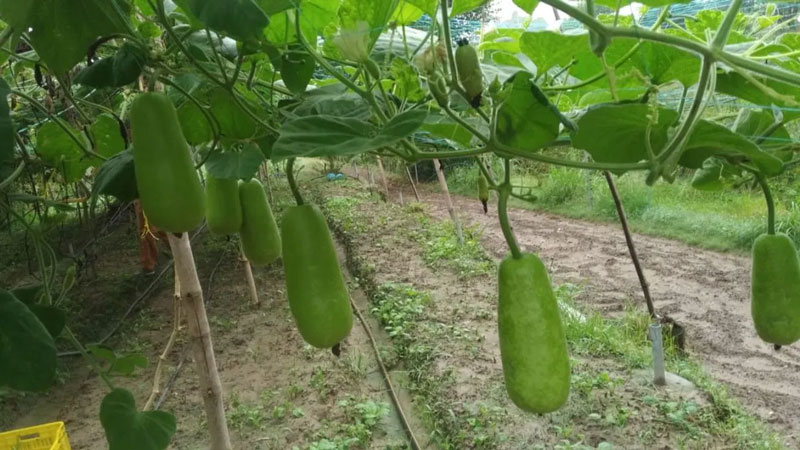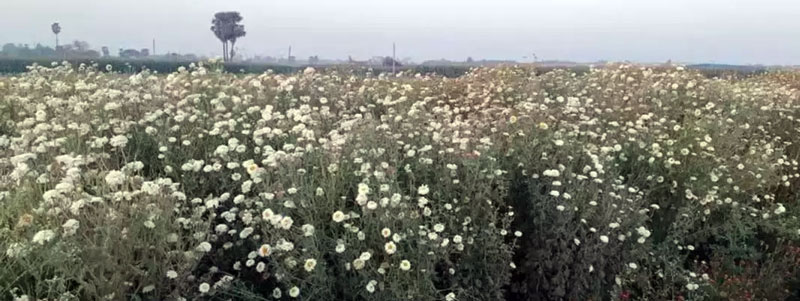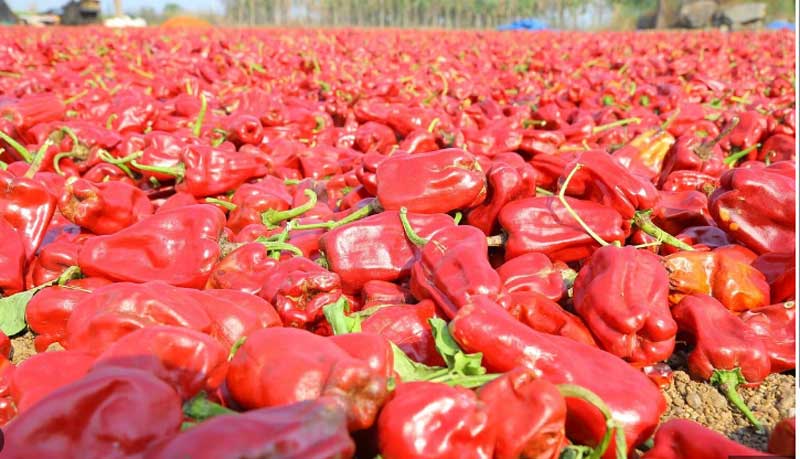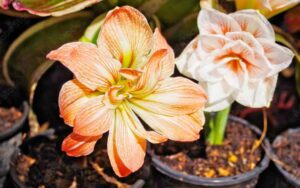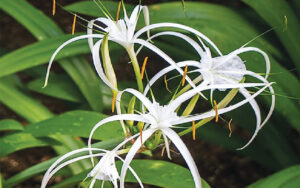Tinting in Tuberose: Impregnating the atmosphere with sweet fragrance
New Delhi/Navsari: Tuberose (Polianthes tuberosa Linn) belonging to the family Asparagaceae, is one of the important bulbous flower crops of tropical and subtropical regions and popularly known as ‘Rajanigandha’ or ‘Nishigandha’.
Among the commercially grown flowers in India, tuberose occupies an important position owing to its popularity as loose as well as cut flower. Waxy white flowering spikes of single as well as double type tuberose have longer keeping quality and they impregnate the atmosphere with their sweet fragrance and are in great demand for use in different forms of loose flowers, cut flowers and extraction of oil. Double type tuberose spikes are used as cut flowers for making floral arrangements and table decoration.
Increasing the value of raw product for higher profit through changes in processing or diversification is called as value addition. White colour is the limiting factor in case of tuberose flowers that could not altered by any breeding method yet. Tinting is an important value addition technique in flower crops consist on the theory of capillary action by which dyes can easily tracked as it travels through the xylem or veins in the flower to get desirable colour where colour pigments are absent. It enhances the aesthetic beauty of fresh and dry flowers.
Colouring inflorescences with edible dyes enhance the visual appeal of the flowers, provide a great variety of colours for beautification and increase their economic value. For decorative purpose where a particular colour is desired, tinting of white flower is an easy way of obtaining the colour of interest. By using edible dyes for tinting technique in tuberose, farmers can earn more profit by realization of higher prices than the white coloured tuberose stems.
(By Dr. Saryu Trivedi, Mallika Sindha, Tejal Patel – Navsari Agricultural University, Gujarat)


